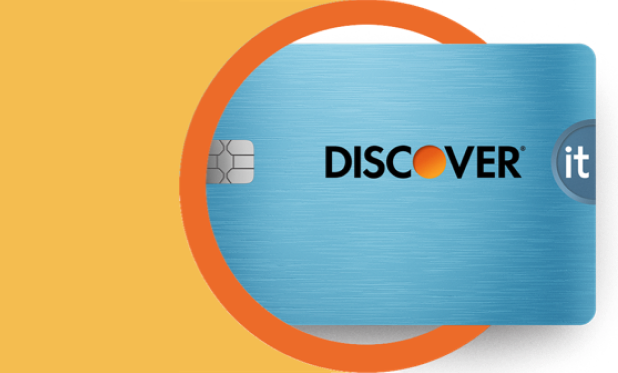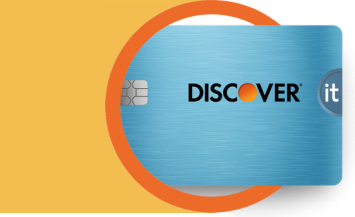If your application for a credit card is approved, your credit card issuer will offer you a set credit limit, which is the maximum amount of money you can charge. You may be asking yourself, “What’s a good credit limit to have?” Unfortunately, there’s no simple answer. It’s different for each person.
Credit card limits can vary greatly, sometimes by thousands of dollars. So, if you’re granted a $500 credit limit, is that “bad” compared to a $10,000 limit? Or is a lower limit better? Consider these guidelines to help you understand what’s a good credit limit for you.







